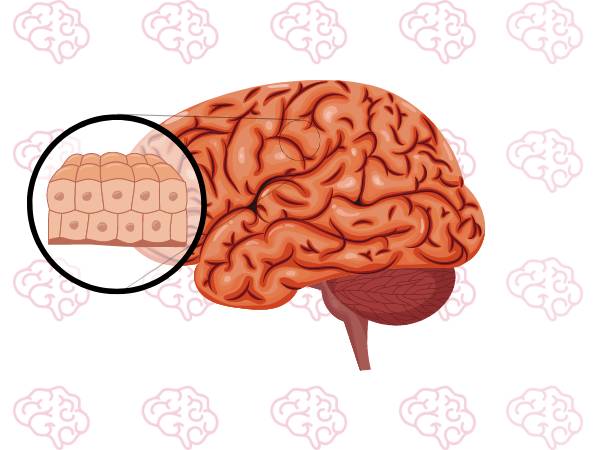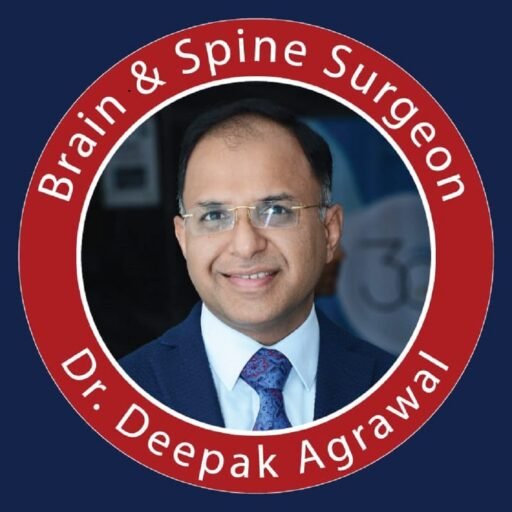Topics
Table of Contents
In the 1st, ‘Mini Brains’ Grown From Fetal Brain Tissue
The new tissue-derived mini brains may complement existing models made from stem cells, the researchers behind the new study say. For the first time, scientists have grown cerebral organoids, three-dimensional, lab-grown “minibrains”, from human fetal brain tissue.
The new organoids grew to the size of a grain of rice and contained many types of cells that self-organized into complex 3D structures. The researchers also triggered the growth of brain tumors within the minibrains and tested the tumors’ response to existing cancer drugs.
Minibrains mimic key aspects of the development and function of full-size human brains. They have previously been grown from human stem cells but never directly from already-formed brain tissue, so the new organoids open up exciting possibilities.
Until now, we were able to derive organoids from most human organs, but not from the brain — it’s really exciting that we’ve now been able to jump that hurdle as well,” Dr. Hans Clevers, co-senior study author and professor of medicine at Utrecht University in the Netherlands, said in the statement.
The mini-brains could complement existing stem-cell-derived organoids and facilitate new, unique ways to study brain health and disease, the researchers said. While stem cells must be coaxed into resembling different parts of the brain, tissue plucked straight from the brain can precisely capture its tissues at specific developmental stages, the authors wrote in the report. And while stem cells must often be provided “scaffolding” to grow upon, brain tissues can make their own, they added.
Thus, “these new fetal tissue-derived organoids can offer novel insights into what shapes the different regions of the brain, and what creates cellular diversity,” first study author Delilah Hendriks, an affiliated group leader from the Princess Máxima Center for Pediatric Oncology in The Netherlands, said in the statement.
Scientists have previously engineered mini brains using pluripotent stem cells — primitive cells that have the potential to become any type of cell if supplied with a specific cocktail of chemicals. These mini-brains are useful for studying development and associated disorders. However, mini-brains derived directly from brain tissue may provide fresh insights into the behavior and characteristics of cells that are specific to the brain, the study authors wrote in the paper.
To make the new mini-brains, the researchers took samples of brain tissue from deceased fetuses around the gestational age of 12 to 15 weeks old, which had been provided by anonymous donors. They separately grew small samples of each of the tissues on small plates using specific nutrients and growth factors. Each sample was continuously shaken as it grew, to ensure that all the cells within them were exposed to these chemicals, and they were not provided any physical scaffolding to grow upon.
Around four to eight days later, the researchers noticed the formation of “multiple organized 3D structures” that later matured into organoids with a “tissue-like appearance.”
The resulting mini brains contained many types of cells, including neural stem cells known as outer radial glia. The fetal tissues also produced their own extracellular matrix proteins, which acted as scaffolding and supported their 3D organization. This may enable scientists to further study how the environment of cells influences their development.
Minibrains grown from certain brain tissues, such as the forebrain, retained structural characteristics specific to that part of the organ, and they responded to specific signaling molecules that are involved in brain development.
In this initial experiment, the minibrains were grown for six months. Notably, the researchers were able to grow multiple mini-brains from a single tissue sample. Organoids are emerging as a new way to test the safety and effectiveness of drugs, so this ability to produce many organoids from one sample could someday be useful for conducting repeat experiments of new therapies for disease.
Going forward, the authors want to create more complex versions of the mini-brains and potentially develop them from fetal tissues at different stages of development, as well as diseased tissues that could capture brain defects associated with infant mortality.
Like other models of the human brain, “dedicated ethical frameworks” and “active discussions with donors and the scientific community” are needed before any further experiments are conducted using these organoids, the authors wrote in the paper. For instance, researchers must carefully consider the ethics of transplanting human brain tissue into other species, such as rodents, as has been done with stem-cell-derived organoids.
Also, Read:
You May Also Know Related to Gamma Knife
FAQ’s
How does Gamma Knife work?
Gamma Knife uses 192–201 precisely focused beams of gamma rays that converge at a single target point in the brain. This high dose of radiation damages the DNA of abnormal cells, stopping their growth or causing them to shrink, while minimizing exposure to nearby healthy tissue.
Is Gamma Knife a surgery?
No, Gamma Knife is not a traditional surgery. It is a non-invasive outpatient procedure performed without any incision, stitches, or general anesthesia in most cases.
What conditions can be treated with Gamma Knife?
Gamma Knife is commonly used for:
Brain tumors (benign and malignant)
Metastatic brain lesions
Arteriovenous malformations (AVMs)
Trigeminal neuralgia
Acoustic neuromas (vestibular schwannomas)
Pituitary tumors
Certain functional disorders (like tremors)
Is Gamma Knife painful?
The procedure is generally painless. Patients may feel mild pressure while the head frame (if used) is applied or may experience slight discomfort from anesthesia injections, but the treatment itself is not painful.
How long does the procedure take?
Depending on the condition and treatment plan, Gamma Knife may take 30 minutes to 3 hours. Most patients go home the same day.
What are the possible side effects?
Common side effects are usually mild and temporary, including:
Headache
Nausea
Fatigue
Mild scalp swelling or tenderness at the frame site
Rarely, some patients may experience delayed radiation effects such as brain swelling or radiation necrosis.
When can the patient return to normal activities after Gamma Knife?
Most patients can return to their normal routine within 24–48 hours after the procedure.
You may feel mild fatigue for a few days.
Follow-up imaging is usually required after 1 year.
How effective is Gamma Knife?
Gamma Knife has a high success rate and has been used worldwide for decades. Its effectiveness depends on the condition treated, size and location of the lesion, and overall patient health. In many cases, it offers results comparable to open surgery with fewer risks.
Can Gamma Knife be repeated if needed?
Yes, in some cases Gamma Knife treatment can be repeated if the disease recurs or if new lesions develop.
Is Gamma Knife safe?
Yes. Gamma Knife is considered one of the safest and most precise forms of radiosurgery, with millions of patients treated globally and extensive clinical data supporting its use.
Who is eligible for Gamma Knife treatment?
Eligibility depends on factors such as:
Size and location of the lesion
Overall health and age
Whether open surgery is too risky
A neurosurgeon and radiation oncologist will decide if Gamma Knife is the best option for you.
What happens before the procedure?
A detailed MRI or CT scan is performed to map the brain.
A lightweight head frame or mask is used for accuracy.
Your doctors plan the radiation dose and target areas using specialized software.
Will I need anesthesia?
Local anesthesia is given if a head frame is used.
General anesthesia is usually not required, except for children or patients unable to remain still.
What is the cost of Gamma Knife in India?
Costs vary depending on hospital, city, and condition treated. On average, Gamma Knife in India ranges from ₹1.5 lakh to ₹4.5 lakh. It is usually more affordable compared to treatment in Western countries. At AIIMS Delhi, it is much more affordable around ₹75,000 which makes it affordable for the patients in need.
Where can I get Gamma Knife treatment in Delhi?
AIIMS Delhi is one of the leading centres for Gamma Knife in India.
- AIIMS uses the latest Gamma Knife Perfexion system.
- It has successfully treated thousands of patients for brain tumors, blood vessel problems, and even eye cancers.
- The treatment is done by expert neurosurgeons such as Dr. Deepak Agrawal and team.
- Clinic timings for Gamma Knife OPD at AIIMS Delhi: Monday & Friday, 8:00 AM – 9:00 AM.
- Cost is around ₹75,000 and is subsidized compared to private hospitals.

